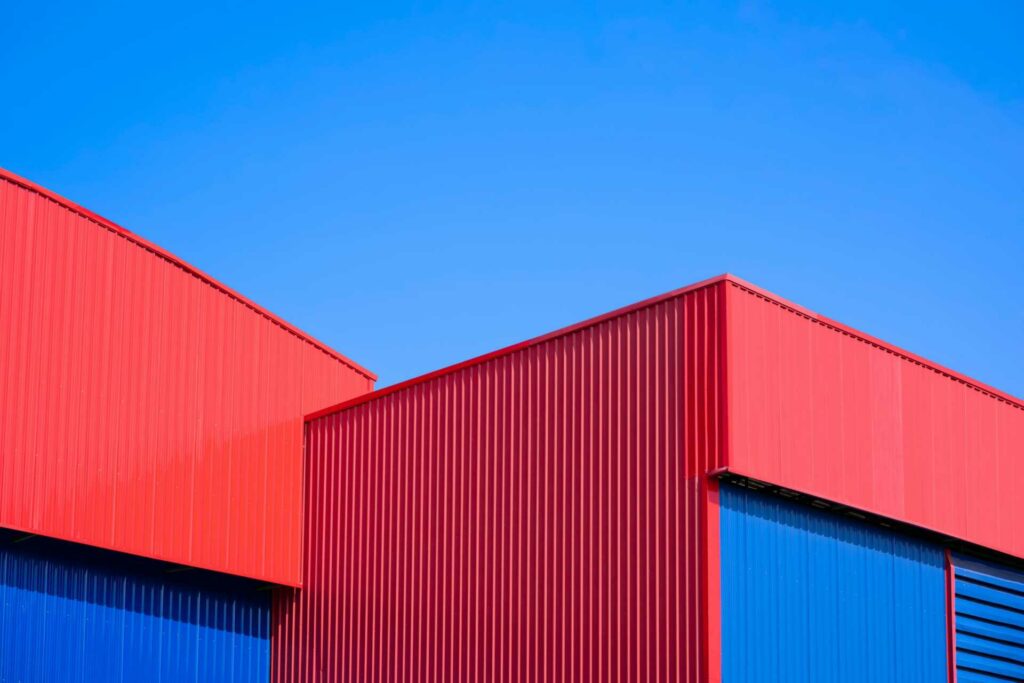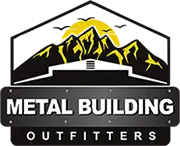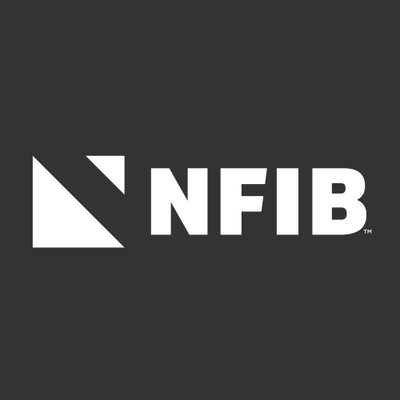
Contents
When considering metal structures, did you know that choosing cost-effective engineering solutions can reduce project costs without compromising on quality or safety? Selecting engineering solutions for your metal structures can greatly influence your bottom line while ensuring that your project meets all required standards. By recognizing the benefits of budget-friendly designs, you can make informed choices that save you money and secure the long-term success of your construction endeavors.
Key Takeaways
- Optimize materials for cost efficiency and performance.
- Ensure structural integrity and long-term safety.
- Customize designs to meet specific needs effectively.
- Efficient material use for sustainability and savings.
- Compliance with building codes for safety and quality.
Benefits of Cost-Effective Designs
When aiming for cost-efficient designs in engineering metal structures, prioritizing efficiency and durability is essential. By focusing on cost-efficient solutions and budget-friendly designs, you can guarantee that your project meets financial and quality constraints.
One key benefit of cost-efficient designs is the ability to optimize materials usage. By carefully selecting materials based on their cost and performance characteristics, you can achieve the desired structural strength while minimizing expenses.
Moreover, cost-efficient designs often involve streamlined construction processes. This means that you can save both time and money during the fabrication and assembly of metal structures. By reducing the number of components or simplifying connections, you can lower labor costs and accelerate project timelines.
Additionally, budget-friendly designs can also lead to long-term savings through reduced maintenance requirements. By choosing materials and construction methods that are durable and resistant to wear and tear, you can minimize the need for repairs and replacements in the future.
Structural Integrity and Safety
You need to prioritize safety measures that are implemented to safeguard structural integrity and stability in metal structures.
By following strict safety protocols and guidelines, you can prevent potential hazards and maintain the overall safety of the structure.
It’s essential to emphasize structural safety to avoid risks and secure the longevity of the metal construction.
Safety Measures Implemented
To assure the structural integrity and safety of metal structures, a series of rigorous safety measures are implemented throughout the engineering process. Safety training and emergency protocols play a pivotal role in securing that all individuals involved in the construction and maintenance of metal structures prioritize safety above all else.
Here are three key safety measures implemented:
Regular Safety Training: All personnel undergo continuous safety training to stay updated on the latest safety protocols and procedures. This ensures that everyone on-site is well-equipped to handle any safety-related challenges that may arise.
Strict Adherence to Emergency Protocols: Clear and concise emergency protocols are established and strictly enforced to secure a rapid and efficient response in case of any unforeseen incidents. This proactive approach minimizes risks and enhances the overall safety of the structure.
Routine Safety Inspections: Regular safety inspections are conducted to identify and promptly address any potential safety hazards. By proactively addressing these issues, the structural integrity and safety of the metal structures are maintained to the highest standards.
Structural Stability Ensured
Ensuring the structural stability of metal structures is paramount in maintaining their integrity and safety. When choosing affordable engineering solutions, design efficiency and material strength play pivotal roles in achieving this stability.
Design efficiency involves creating structures that can withstand various loads and environmental conditions without compromising safety. Engineers focus on optimizing the design to distribute loads evenly, reducing stress concentrations that could lead to structural failure.
Material strength is another key factor in ensuring structural stability. By selecting high-quality materials with the appropriate strength properties for the intended application, engineers can enhance the overall safety and longevity of metal structures. Understanding the behavior of different materials under various stress conditions allows for the selection of the most suitable material for each structural component.
Customization for Specific Needs
Customizing metal structures to meet specific requirements involves a thorough analysis of the project specifications and a precise engineering approach. When you choose personalized solutions and distinctive designs, your metal structure can be customized to fit your precise needs.
Here’s how this customization process works:
Customer Requirements Analysis: Our team starts by comprehensively understanding your individual needs and preferences. This personalized method ensures that every aspect of the metal structure aligns with your expectations, from the overall design to the functionality it provides.
Detailed Design Phase: Once we have a clear understanding of your requirements, our engineers dive into creating intricate designs that cater to your unique specifications. This phase involves detailed planning to guarantee that every element of the structure is customized to suit your needs perfectly.
Precision Engineering Execution: With the finalized design in place, our skilled engineers carefully carry out the construction process, paying meticulous attention to every detail. This precise engineering method ensures that your customized metal structure isn’t just aesthetically pleasing but also structurally sound, meeting all your specific needs effectively.
Efficient Use of Materials
When designing metal structures, your focus should be on the best material utilization to guarantee cost-effectiveness and sustainability.
By adopting resource-efficient design practices, you can minimize waste and enhance the structural integrity of your project.
Efficient use of materials benefits your budget and contributes to environmental conservation efforts.
Optimal Material Utilization
How can engineers greatly enhance the efficiency of material utilization in metal structures? By focusing on material efficiency and design enhancement, you can achieve cost-effective solutions while improving durability.
Here are three key strategies to enhance material utilization:
State-of-the-Art Computer Simulations: Utilize advanced software to simulate different load scenarios and analyze how materials behave under stress. By fine-tuning designs through simulations, you can identify the most efficient use of materials while ensuring structural integrity.
Tailored Material Selection: Choose materials based on their specific properties and how they interact with the structure’s requirements. Opt for high-strength alloys where needed and lighter materials in less demanding areas to enhance the overall weight and performance of the structure.
Collaborative Design Approach: Foster collaboration between engineers, architects, and material experts from the project’s inception. Integrating different perspectives allows you to develop comprehensive designs that maximize material efficiency and structural performance, resulting in a more environmentally friendly and cost-effective solution.
Resource-Efficient Design
Enhancing resource efficiency in metal structure design involves strategic utilization of materials to maximize performance and sustainability. When considering sustainable construction and green building practices, it’s essential to focus on resource-efficient design.
By optimizing material usage, you can reduce waste, lower costs, and minimize environmental impact.
One way to achieve resource efficiency is by selecting materials that are long-lasting but also have a high recycled content. This promotes the circular economy and reduces the need to extract new resources.
Additionally, designing structures that use materials efficiently can lead to lighter overall weights without compromising strength, making transportation and installation more efficient.
Implementing resource-efficient design practices benefits the environment and contributes to the longevity and resilience of metal structures.
Compliance With Building Codes
Regularly reviewing and updating your metal structure designs is essential to ensure compliance with building codes. Making sure that your metal structures meet building code requirements and construction standards is vital for the safety and longevity of your project.
Here are three key reasons why compliance with building codes is paramount:
Safety Regulations: Building codes are designed to prioritize the safety of occupants and the public. By adhering to these regulations, you’re mitigating potential risks and ensuring that your metal structure is secure and stable.
Legal Compliance: Non-adherence to building codes can lead to legal issues and hefty fines. By following the stipulated regulations, you’re safeguarding yourself from legal liabilities and ensuring that your project progresses smoothly.
Quality Assurance: Building codes are crafted to maintain construction standards and quality. By meeting these requirements, you’re ensuring that your metal structure is built to last, free from defects or structural weaknesses.
Incorporating compliance with building codes into your metal structure designs is an essential aspect of responsible engineering. It upholds safety and legal standards and ensures the overall quality and durability of your project.
Quick Turnaround Time
Efficient planning and streamlined processes are key components in achieving a quick turnaround time in metal structure projects. A well-defined schedule from the initial design phase is essential for project efficiency.
Design adaptability plays a vital role in expediting the project, allowing for quick adjustments and modifications without compromising quality. Integrating client feedback and preferences into the design process ensures client satisfaction while maintaining project momentum.
Quality assurance is paramount in meeting deadlines without sacrificing the structural integrity of the metal project. Implementing thorough quality checks at various stages of construction helps identify and rectify any issues promptly, preventing delays down the line.
Utilizing advanced technology and creative construction methods can also contribute to faster project completion. Leveraging prefabrication and modern construction techniques can significantly reduce on-site construction time, leading to quicker project deliveries.
Long-Term Cost Savings
For optimal long-term cost savings in metal structure projects, strategic material selection is essential. Choosing cost-effective engineering solutions that provide durability benefits can result in significant maintenance savings over time.
Here’s why selecting such solutions can benefit you:
Decreased Maintenance Costs: By choosing materials with high durability, you can reduce the necessity for frequent repairs and replacements, leading to prolonged maintenance savings. These savings can be redirected towards other aspects of your project or organization.
Extended Lifespan: Investing in metal structures with exceptional durability can guarantee a longer lifespan for your building. This longevity translates to continuous performance and functionality without the additional expenses of premature replacements.
Enhanced Resilience: Opting for materials that offer durability benefits boosts the resilience of your metal structure against various environmental factors. This resilience not only aids in cost savings by decreasing maintenance needs but also provides peace of mind, knowing your structure can withstand the test of time.
Incorporating cost-effective engineering solutions that prioritize durability can pave the way for substantial long-term cost savings while maintaining the structural integrity of your metal building.
Expertise in Metal Building Design
Utilizing specialized knowledge in metal building design is crucial for ensuring structural integrity and optimal performance in engineering projects. When seeking expertise in metal building design, you gain access to professionals who can provide inventive solutions customized to your specific needs. These experts possess the skills to create original designs that meet industry standards and push the boundaries of traditional construction methods.
Incorporating inventive solutions into metal building design requires a deep understanding of materials, structural analysis, and architectural principles. Experts in this field are equipped with the knowledge and experience to enhance the design process, resulting in cost-effective solutions that maintain quality and safety standards. By leveraging their expertise, you can rest assured that your metal structure won’t just meet but surpass expectations in terms of durability and performance.
Creative designs in metal building projects often involve thinking creatively to overcome challenges and achieve distinctive architectural outcomes. Professionals with expertise in metal building design have the vision to bring ideas into reality, ensuring that your project stands out for its excellence and functionality.
When you choose to work with experts in metal building design, you’re investing in a partnership that prioritizes originality, quality, and sustainability.
Final Thoughts
Choosing cost-effective engineering solutions for metal structures provides a variety of advantages. By emphasizing economical designs, you can achieve structural strength, safety, and personalization while effectively utilizing materials and following building regulations.
This method ensures swift project finishing and future financial benefits and offers proficiency in metal building design. So why compromise when you can obtain excellence, safety, and savings all at once?
Recent Posts
Efficient Construction of Large Metal Warehouses
When it comes to the optimization of building substantial metal storage facilities, one must consider
Why Choose Energy-Efficient Metal Warehouse Construction?
When it comes to selecting the construction method for your warehouse, choosing energy-saving metal construction
What Is the Key to Efficient Metal Warehouse Construction?
When it comes to efficient metal warehouse construction, understanding the key elements that drive success


